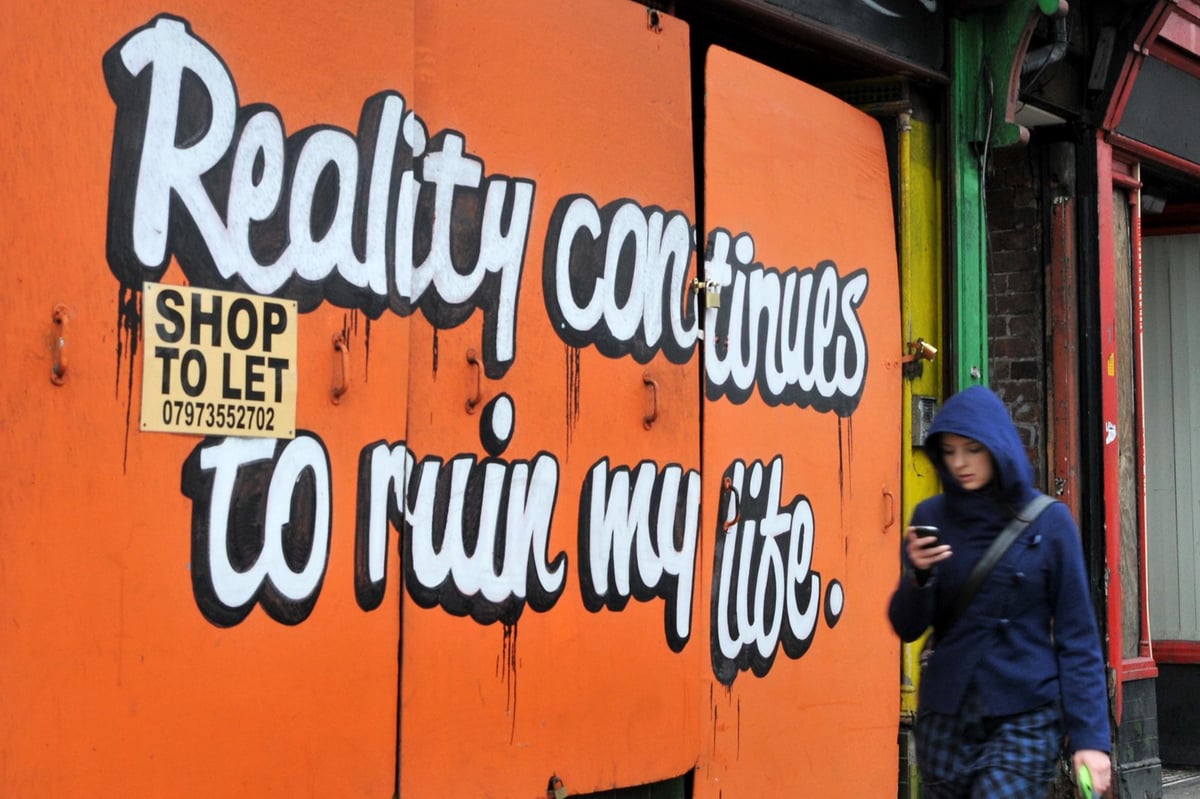Copyright scotsman

The outlook for Scottish businesses remains “gloomy”, experts have warned, after the country suffered the sharpest rise in the number of firms in financial distress across the UK. Levels of advanced or “critical” distress north of the Border were particularly stark over the summer, according to the latest Red Flag Alert report from business rescue and recovery specialist Begbies Traynor. Those critical cases leapt by 82.5 per cent year-on-year in the third quarter, and by 17 per cent since the second quarter of 2025, affecting just under 2,750 businesses in the country. The Red Flag Alert data, which provides a quarterly snapshot of Britain’s corporate health, shows that these increases in Scotland were higher than the UK total. Across the UK, cases of critical distress rose by 78 per cent, compared with the same quarter in 2024, and by 12.6 per cent since the previous three-month period this year, with more than 55,500 businesses now categorised as being in this advanced level of distress. In the third quarter of 2025, almost 34,300 Scottish businesses fell into early or “significant” financial distress. This number marked an annual increase of 9.4 per cent and a quarterly increase of 9.7 per cent. Across the UK, there was a 14.8 per cent year-on-year rise in significant distress cases and a 9 per cent quarter-on-quarter rise, resulting in almost 726,600 businesses now classed as being in significant distress. Thomas McKay, managing partner for Begbies Traynor in Scotland, said: “Unfortunately, the picture for Scottish businesses remains gloomy with the UK suffering from the worst inflation of any other major advanced economy, resulting in flat living standards. “Despite a very slight expansion of GDP in August, growth across the UK remains sluggish with many businesses struggling as people see their real wages stagnating in addition to the unwelcome spectre of rising unemployment which is set to exacerbate the situation. “It is extremely worrying to see financial distress rising across almost all sectors, and, in many cases, Scotland appears to be faring worse than other parts of the UK,” he added. “As businesses and consumers wait to see the impact of the Chancellor’s Budget on November 26, it is more important than ever that directors keep tight control of their finances.” Looking at critical distress in Scotland, all 22 industry categories monitored by Red Flag Alert saw levels rise since the same period the previous year. Among the most marked annual increases were health and education (+150 per cent, affecting 115 businesses); support services (+122 per cent, impacting 463 businesses); and construction (426 businesses), bars and restaurants (142 firms) and real estate and property (341 businesses), each experiencing a rise of over 90 per cent. In terms of significant distress, all but one of the industry categories in Scotland saw quarterly increases. The most adversely impacted were utilities (+76.7 per cent, affecting 318 businesses); manufacturing (+37.4 per cent, 981 businesses); financial services, and hotels and accommodation.



